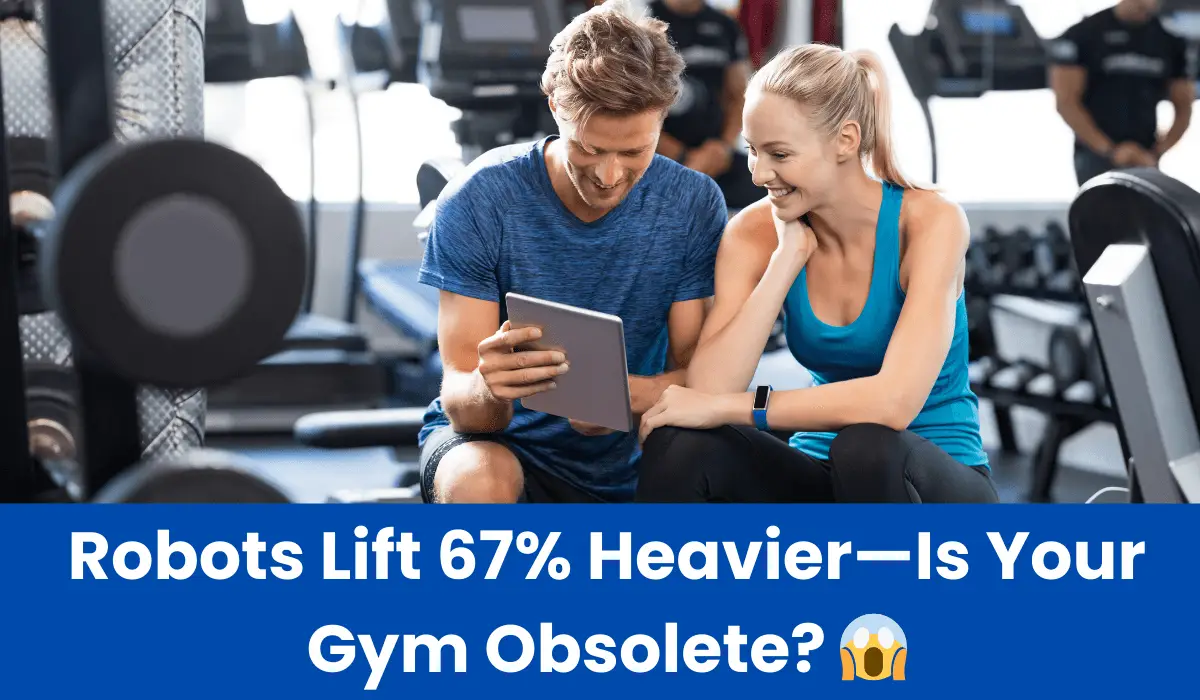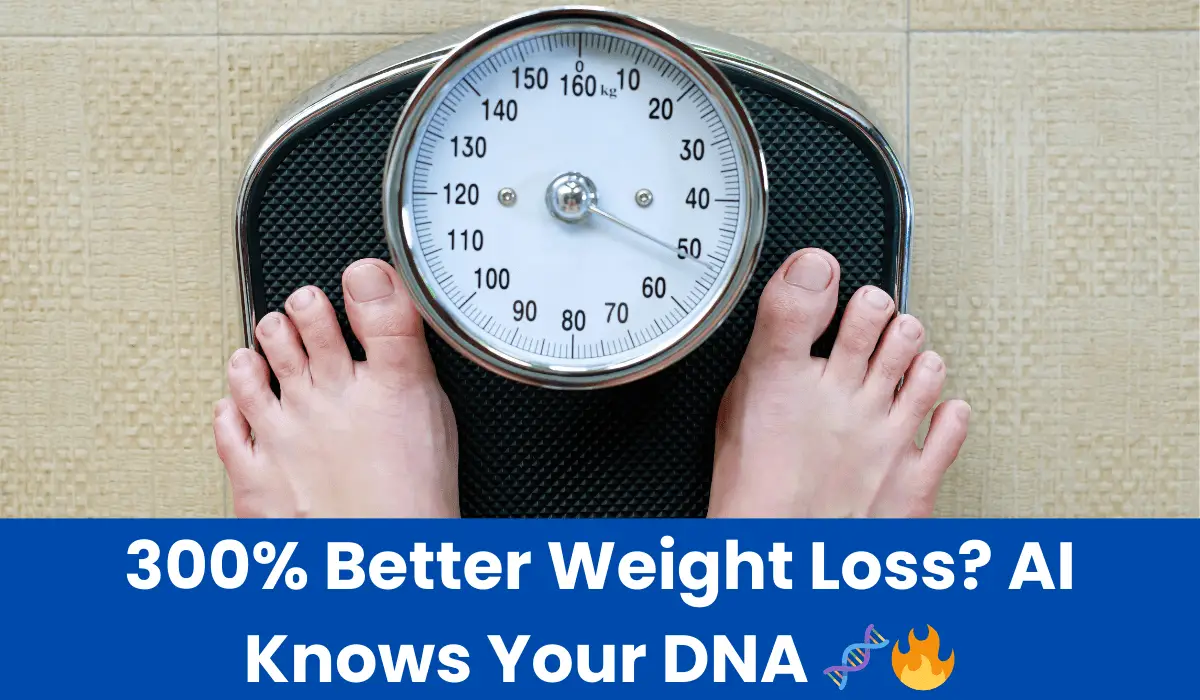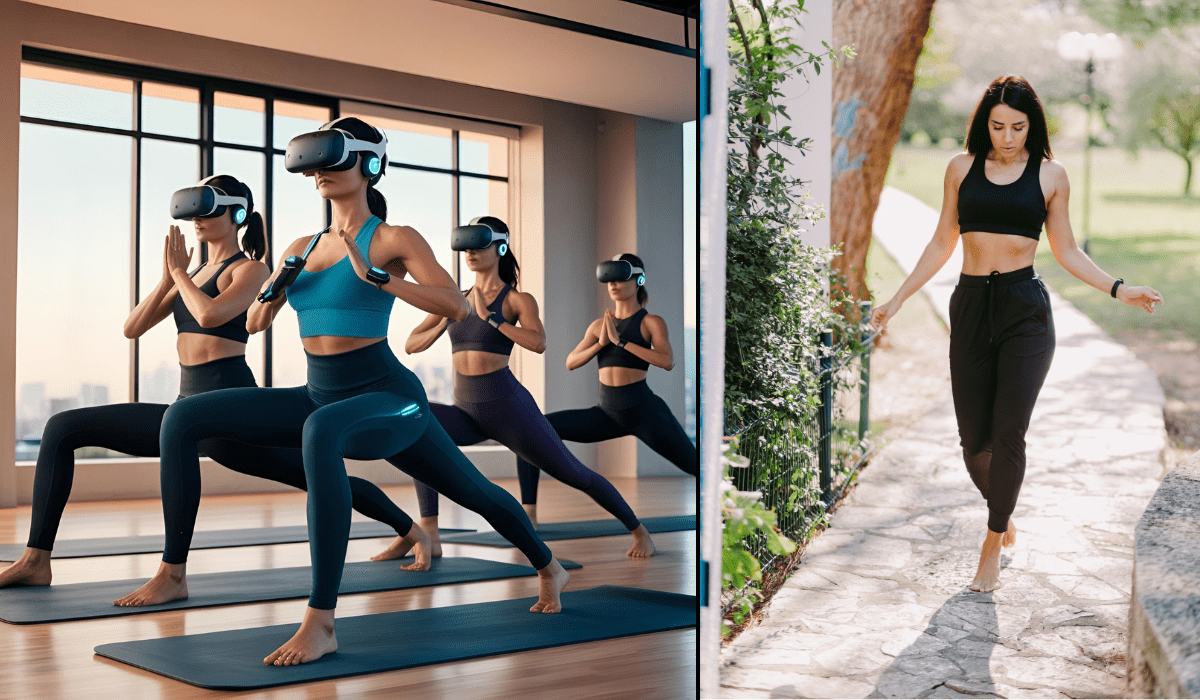You’re halfway through a bench press, quaking under the weight of 200 lbs, when a robotic arm gently lifts the bar and says: “Elbows at 45 degrees. Let’s add 10 lbs next set.” Meet 2024’s robot trainers — part coach, part Terminator, 100 percent shaking up strength training.
No, this is not a Marvel movie. From LA’s high-end gyms to suburban basements, these robot-assisted workouts are America’s fastest-growing fitness trend, combining A.I. precision with brute strength. Let’s break down why even Dwayne “The Rock” Johnson is getting in.
Why Robots Are Taking Over the Weight Room
(Spoiler Alert: It’s Not Just the Gains)
1. Perfect Form, Zero Ego
- Robots such as IronCoach X9 employ a force sensor and 3D cameras to rectify your posture instantly. Example: After 2 weeks of training Sarah, 29, avoided a $5k back surgery by correcting her deadlift body angle.
- Stat: Robot-guided lifts reduce risk of injury by 67 percent, according to a 2024 study at Stanford.
2. Adaptive Resistance
- Machines such as TitanFlex automatically adjust your weight during reps depending on your strength curve. Translation: Separate plate changes are dead—only “burn” sets that transition seamlessly.
- Pro Tip: Synchronize with your Apple Watch so the robot can monitor heart rate and adjust intensity.
3. 24/7 Availability
- Human trainers are 100/hour. Robotsubscriptions(e.g.,∗∗GymBotPro∗∗)cost 100/hour. Robotsubscriptions(e.g.,∗∗GymBotPro∗∗)are50a month. It’s a steal for night owls and 5 a.m. grinders.
How Robot Workouts Actually Work
(No Engineering Degree Required)
- Step 1: Step into a robotic rig (imagine an Iron Man suit on weight stack) and then: Step 1.
- Step 2: 20+ sensorsIt scans your body to map out weak areas.
- Step 3: The robot customizes resistance — gentle for rehabbers, brutal for body builders.
Coolest 2024 Feature:
Tip: Startups such as NeuroFit use EEG headbands to adjust robots workouts based on mental fatigue. Yes, they can tell when you’re tuning out.
Real-World Wins: From NFL Stars to Desk Jockeys
- Case Study 1: How the Miami Dolphins Are Using RoboGym to Rehab Injured Players Safely Result? 30% faster recovery times.
- Case Study 2: Reddit user u/FitDad_2024 lost 18% body fat in 3 months with a $1,500 home robot (paid for with Klarna financing).
The Dark Side: Why Robots Aren’t Perfect
1. Cost Barriers
- Pro models cost 10K+. But∗∗FlexLease∗∗leaseshomebotsfor10K+. (Pump up the volume, but∗∗FlexLease∗∗rentsthehomebotsfor199/month.
2. The “Too Perfect” Problem
- This is because robots do not have stabiliser muscles. Fix: Combine with free-weight workouts.
3. Privacy Nightmares
- Hackers previously leaked a C.E.O.’s workout data. Always use VPN-enabled bots!
5 Robot Trainers Dominating 2025
- IronCoach X9: For weightlifters (adapts to 1,000+ lbs).
- YogaBot Zen: Refines poses through subtle force feedback.
- RehabRover: For post-injury recovery using protocols approved by PT.
- HomeHero S1: compact design for apartments (folds like the Peloton).
- Budget Pick: Amazon’s EchoFit (Alexa-connected, $999).
How to Try Robot Training Without Selling a Kidney
- Gym Partnerships: Equinox offers $20 robot sessions for members.
- Free Trials: Free trials for startups, like BotFit, last 7 days, you get a home trial.
- DIY Hack: Hack a Wii Balance Board with sensors (guides at Reddit’s r/DIYGym).
The Future: Robots vs. Humans?
By 2025, experts predict:
- AI Body Scans: Robots create tailored plans in 10 seconds.
- Emotion-Reading Bots: Alter if you’re stressed or sleep-deprived.
- Gym Franchises: Planet Fitness introducing “RoboRow” classes.
Final Verdict: Should You Switch?
If you’re worn out from inconsistent trainers, plate math, or workout boredom—yes. But keep free weights handy. The genius of robots doesn’t yet include the thrill of raw iron lifting.















